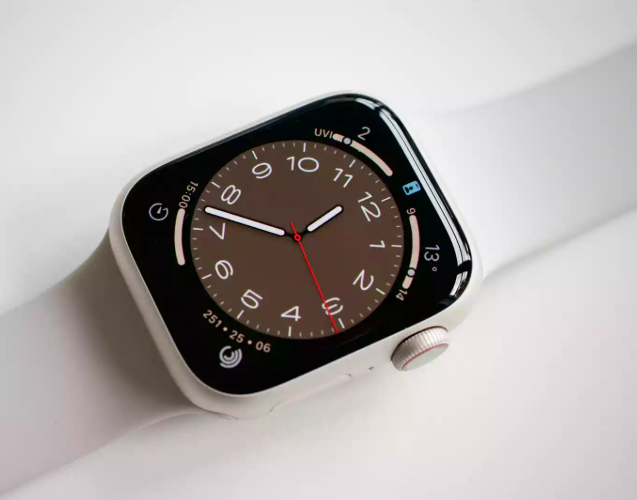In recent months, some Apple Watch users have started wearing their devices in an unconventional spot—their ankle. While it might seem odd at first, some users, particularly fitness enthusiasts, claim this alternative placement boosts tracking accuracy. However, experts believe this approach may not work for everyone, and there are several factors to consider before making the switch.
Why Some People Are Choosing the Ankle for Their Apple Watch
There are a few reasons why individuals are opting to wear their Apple Watch on their ankle. For starters, people with smaller wrists often have trouble getting the watch to fit snugly, which can affect its ability to track movements accurately. Others, especially those with tattoos or skin conditions, find that the watch’s sensors have trouble getting the right readings on their wrists, making the ankle a more viable option. Professionals in fields where wrist accessories are prohibited, such as surgeons, are also exploring this unconventional method as a workaround.
For many users, though, it’s all about improving fitness tracking accuracy. Activities like pushing strollers or using standing desk treadmills can sometimes result in step counts that don’t reflect the actual movement. Wearing the watch on the ankle is seen as a way to get a more accurate step count and better overall activity data.
Does Ankle Placement Actually Improve Accuracy?
Despite the appeal of this alternative, wearing your Apple Watch on your ankle comes with some challenges. The device’s sensors are specifically designed to gather data from the wrist, not the ankle. Users who have tried both placements have reported noticeable differences in their readings. For instance, heart rate and blood oxygen measurements were often inconsistent, and certain features, such as the ECG, didn’t work at all when the watch was worn on the ankle.
On top of that, wearing the Apple Watch in this position can make some everyday functions more difficult. Checking notifications, replying to messages, or using Apple Pay becomes awkward at best, as accessing the watch on your ankle is far less convenient. Additionally, the device might be mistaken for an ankle monitor, which could lead to some uncomfortable social situations.
What Does Apple Say About Wearing the Watch on Your Ankle?
Apple has not officially endorsed the idea of wearing the Apple Watch on the ankle. In fact, the company recommends wearing the device on your wrist to ensure accurate health tracking. For those struggling with issues like tattoos or wrist-related conditions, Apple suggests using an external Bluetooth heart rate monitor to supplement the watch’s functionality.
While wearing an Apple Watch on the ankle may offer benefits for certain users, it is not a recommended or practical solution for most. The device is designed with wrist-based tracking in mind, and altering its placement can result in inaccurate data. Those looking for more reliable fitness tracking options may want to consider alternatives like dedicated fitness bands or external heart rate monitors.
